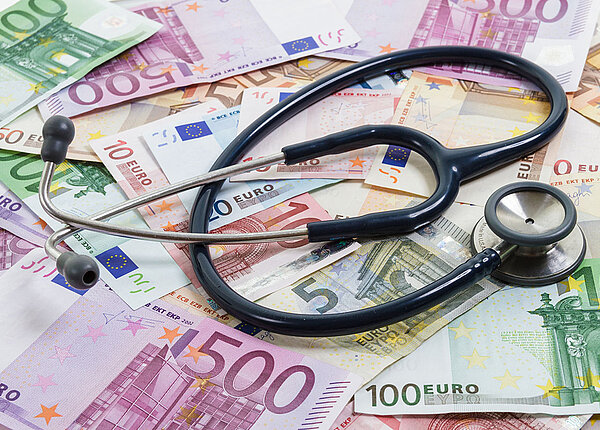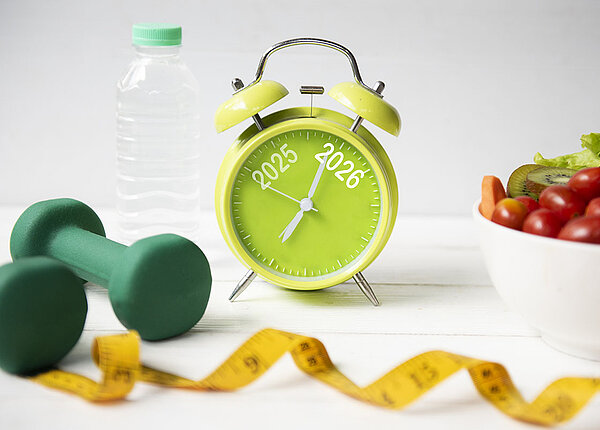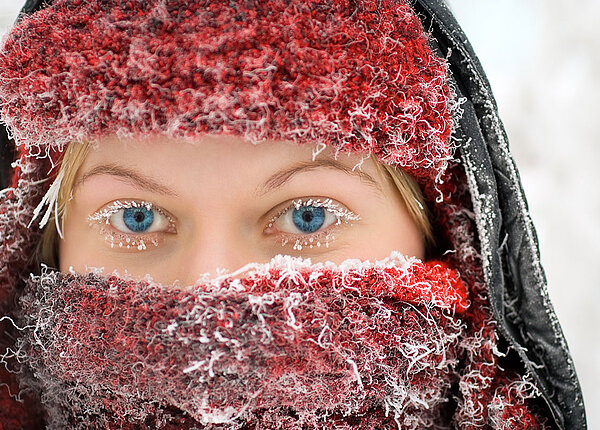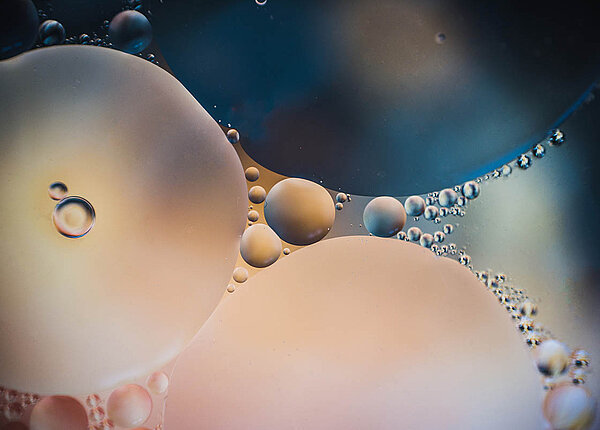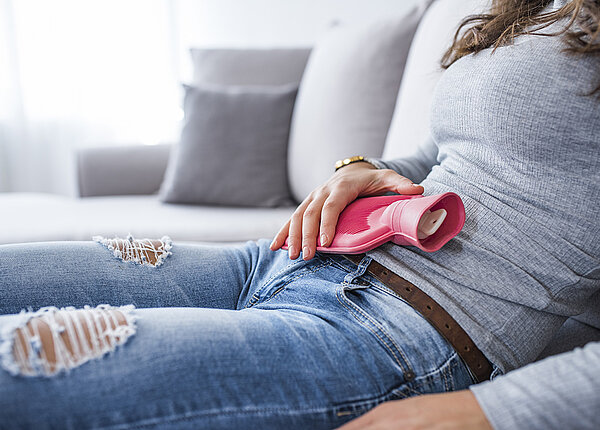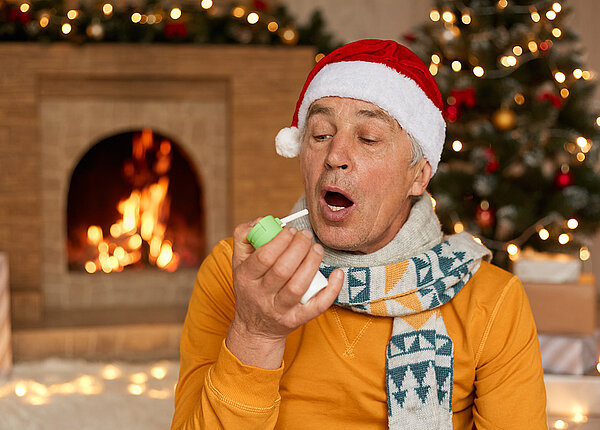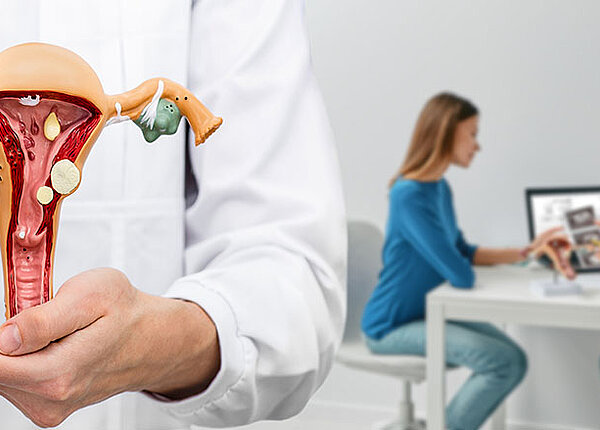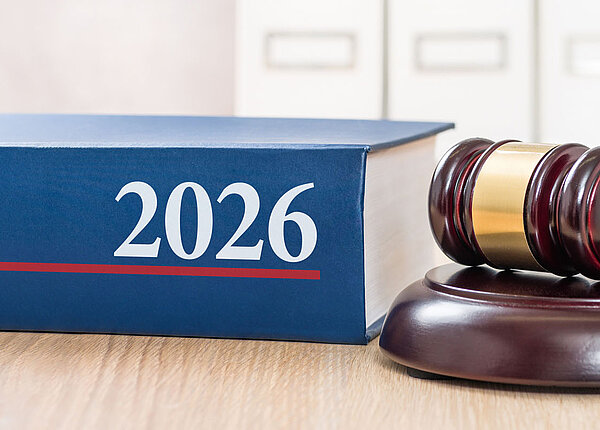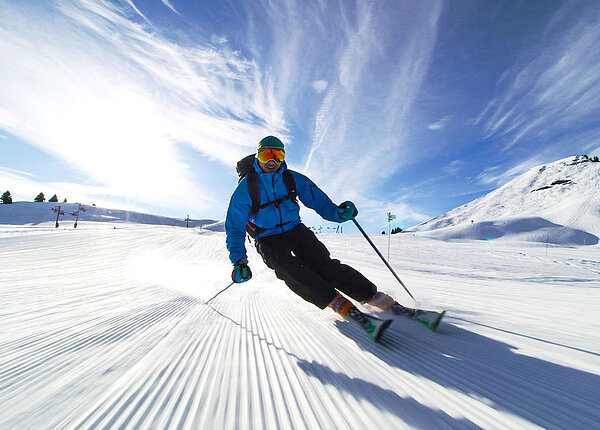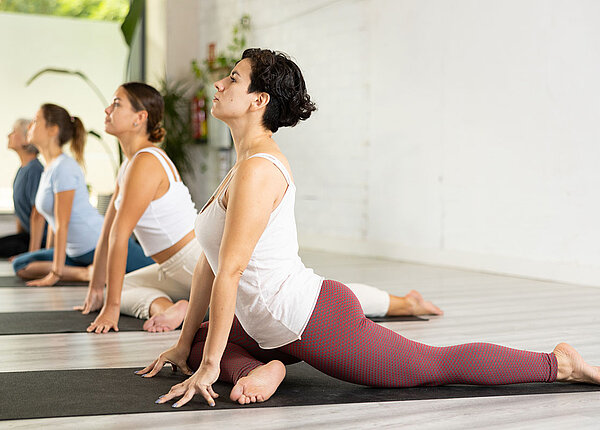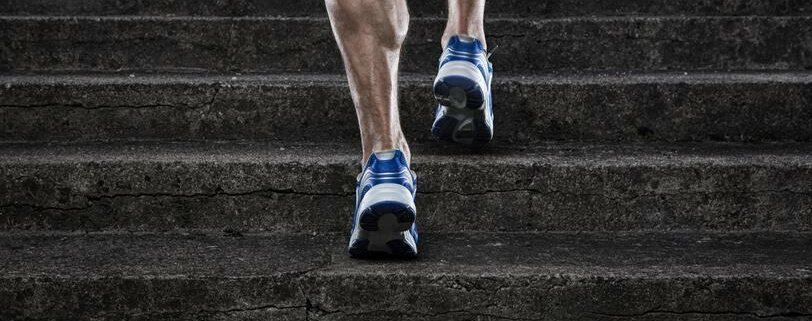English for PTA
SPRAINS AND STRAINS
Seite 1/1 3 Minuten
An injury to soft tissue such as muscles, tendons and ligaments should be treated immediately. The first thing to do is use the RICE method. RICE is a mnemonic that stands for: rest, which will help the body to start recovering, ice, to cool down any swelling associated with soft tissue damage, compression helps to reduce oedematous swelling caused by the inflammatory process, and elevation is used to reduce swelling by increasing venous blood return to the systemic circulation.
Male pharmacy customer : Hello, I think I may have injured my calf muscle yesterday evening when I was jogging. It hurt just a little when I got home, so I thought that it was just muscle stiffness from not doing a cool down. This morning it really hurts!
PTA: Is your calf tender?
Yes, it is quite tender and warm to touch, which is unusual.
Well the warmth is probably from a strain. The calf feels warm because it is probably inflamed and has a few micro-tears. According to several new sport-medicine studies, micro-tears are the main cause of muscle stiffness after sport.
Now, I didn’t know that!
The micro-tears usually occur when the muscles are not warmed up, or stretched a little before doing any sporting activity.
Yesterday was the first time I’d been jogging since last October. I met a few friends after work to go jogging, but I came a little late and wasn’t really warmed up when we started.
Don’t worry, we’ll soon get you “up and running” again! Do you have any gel-packs at home? You see cooling is one of the first steps to take with a strained muscle.
No, I don’t. Do you have them?
Certainly, we even have pre-cooled ones for cases like yours! Shall I get you one?
Yes, please. What else do you recommend?
A non-steroid anti-inflammatory drug such as diclofenac or ibuprofen. And an anti-inflammatory gel that can be applied to the affected area.
I’ll take the diclofenac products. How often can I use them?
Well, you could take two tablets now and two later but not within a six-hour period. Diclofenac does tend to affect the mucous membrane of the stomach, so you should try and take it after meals. You can use the gel now and before you go to bed.
Good, I hope it works! Thank you for your help.
You are welcome. Oh, before I forget: you should put your leg up when you get home, this will help the venous blood to get back in the system and take the pressure off your lower leg. The calf muscle is an important “pump” for the blood in the legs!
I certainly will! Thanks again, bye!
VOCABULARY
sprains and strains Verstauchungen und Zerrungen
pulled muscle Muskelzerrung
injury Verletzung
soft tissue Weichgewebe
tendons Sehnen
ligaments Bänder
mnemonic Eselsbrücke,Gedächtnisstütze
oedematous ödematös
inflammatory process Entzündungsvorgang
elevation Erhöhung, Hochlegen
systemic circulation größer Blutkreislauf
limping humpeln
calf Wade
muscle stiffness Muskelkater
tender tast- und druckempfindlich
inflamed entzündet, gereizt
micro-tears Mikrorisse
according to gemäß
applied to aufgetragen
affected area betroffenen Bereich
mucous membrane Schleimhaut
stomach Magen
Den Artikel finden Sie auch in Die PTA IN DER APOTHEKE 03/15 auf Seite 54.
Catherine Croghan, Lecturer in English and native speaker

